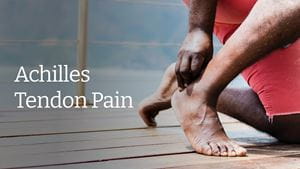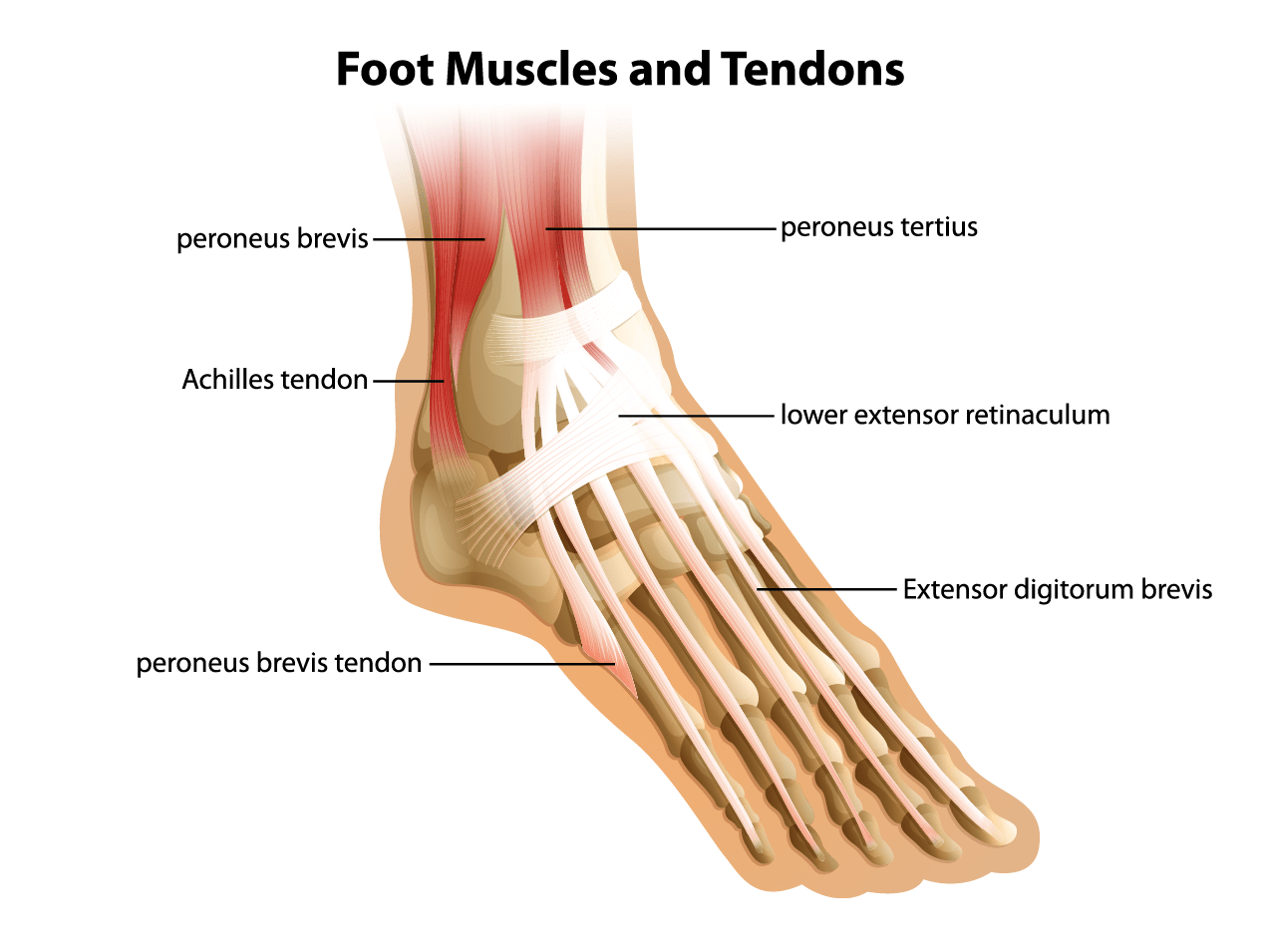
Problems with the Achilles tendon are common and treatable. With that in mind, they are like many other health conditions, in that, if you don’t seek out treatment, they will only get worse.
Sendhan Rajamanickam, MD, is an orthopedic specialist with Rochester Regional Health and explains what to do if you believe you may be experiencing pain in your Achilles tendon.
The Achilles tendon is the thickest tendon in the human body. It is a strong, fibrous cord that connects the calf muscles to the heel bone. The tendon stretches from about the middle of the calf down to the top of the heel.

Since it helps to facilitate the movements during running, walking, and jumping, the Achilles tendon can endure a great deal of use – especially if a person enjoys high-impact sports such as running, soccer, or basketball. This makes it susceptible to injury due to overuse.
Pain linked to the Achilles tendon can range from mild aching to severe discomfort. The types of pain are often telling as to what type of condition or injury might be associated with that pain.
With more mild pain, the aching can stem from inflammation or degeneration caused by overuse or sudden increases in use that lead to continued stress on the tendon. In most cases, the feeling starts early in the morning and gradually lessens as the day goes on. It can also start as a person begins to exercise and then slowly fade as they continue the activity. Some people may experience swelling or thickening of the tendon.
Mild pain is more closely associated with tendinitis.
Severe pain often occurs more suddenly with the Achilles tendon. If the abrupt onset of pain is accompanied by a popping sound near the tendon, this could be a sign of an Achilles tendon rupture or tear.
“Whether this persistent pain is mild or severe, it is not something that should be ignored or put off,” Dr. Rajamanickam said. “Without consulting your doctor or treating the pain, it has the potential to get worse. It may get better, but consulting your doctor is strongly advised.”
A doctor may order imaging tests such as X-rays or MRIs to determine the source of the pain – especially if a rupture is suspected.
There are several things that increase the likelihood of developing an injury to the Achilles tendon.
After consulting with your doctors, there are steps you can take to prevent future injury. In some cases, while preventing an injury may not be possible, lessening your risk of further injury can be done through practices such as dynamic stretching and physical therapy.
Make sure you are properly stretching if you are planning to exercise. Stretches that focus on strengthening the calf muscles can lessen the stress on your Achilles tendon.
Learn more: Running stretches & exercises to avoid pain
Take some time to rest if you need it. Time off is just as important as the time you put in. Overworking your body can lead to injury.
Ice the area where you’re feeling pain. Using ice will reduce inflammation and help to ease the aching. Try to apply ice for approximately 20 minutes.
Using non-steroidal anti-inflammatory drugs (NSAID) such as ibuprofen or naproxen may help to reduce the swelling and pain.
Cross training with other sports can relieve stress on your Achilles tendon. Low-impact sports such as biking or swimming can give you the cardio you may be looking for without causing extra stress on the tendon.
Seeking out physical therapy may help to reduce the pain linked with Achilles tendon injuries. Physical therapists can help you perform certain stretches and exercises, and may also have more specific therapies to help to build up the strength of the muscles surrounding the tendon.
With tears or ruptures, various surgical options may be pursued based on the severity of the tear. These options can be discussed with an orthopaedic provider who will take all of your various health factors into consideration before making a decision with you.
“The Achilles tendon is such a crucial part of helping the body move,” Dr. Rajamanickam said. “We will do everything we can to ensure you have the best treatment options available and help you meet your goals.”